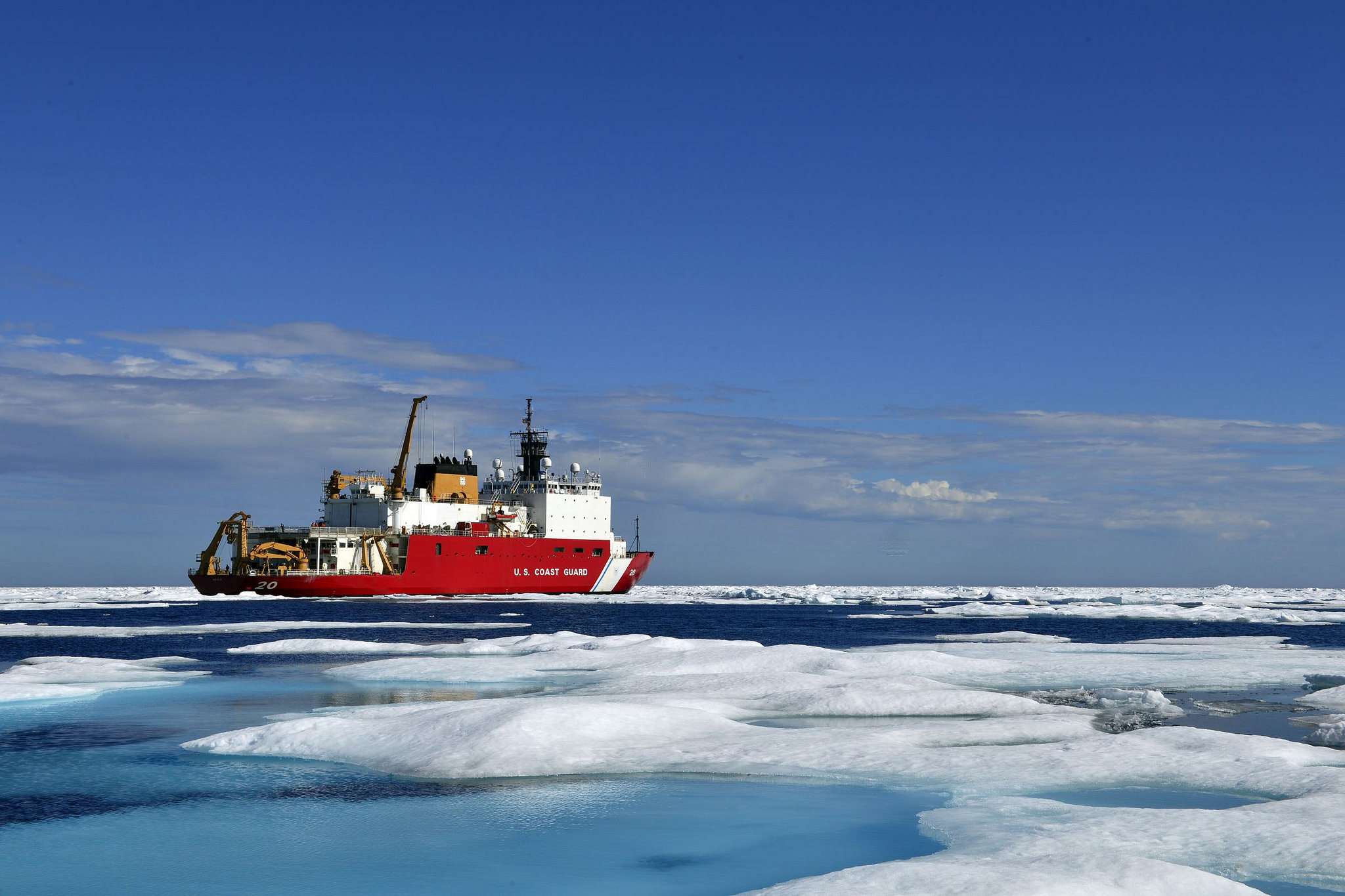A Safer Bering Strait

As climate change ushers in rapid changes in the Arctic Ocean, northern nations and communities are scrambling to adapt at multiple scales.
The International Maritime Organization (IMO), a UN body with authority to govern global shipping, made an important step at the international level last week when 174 member states approved a set of measures proposed jointly by the U.S. and Russia to make shipping safer in the Bering Strait.
This narrow passage of water between Alaska and Russia is the marine gateway between the Pacific Ocean and the Arctic Ocean. This region teems with wildlife. It is a critical pathway for thousands of marine mammals like bowhead, beluga and gray whales and millions of seabirds that migrate north each spring to take advantage of the incredible abundance of Arctic summers. It’s also home to indigenous peoples in Alaska and Russia with dozens of communities built on the shores of the ocean to take advantage of the region’s natural bounty. A clean, healthy ocean is critical to food security and their way of life.
The strait, only 53 miles wide at its narrowest point, is also a bottleneck for increasing ship traffic in the Arctic. All ships that travel the Northwest Passage through Canada—or the Northern Sea Route along Russia’s coast—must transit through the strait. This year, the Bering Sea experienced the lowest wintertime sea ice year since at least 1815. More and more ships are expected to travel these waters as sea ice continues to recede.
With increasing ship traffic comes more noise and water pollution, a higher risk of ship strikes on whales, increased conflicts with subsistence activities and the possibility of oil spills. Risks are compounded in the Bering Strait by the presence of sea ice, poor charting and harsh weather conditions.
The remoteness of the region—thousands of miles from response capabilities—means that the impacts of a serious vessel accident, especially an oil spill, would be devastating to the marine environment and the people whose lives and livelihoods depend on it.
The best way to avoid such accidents is to prevent it from happening in the first place. That’s why Ocean Conservancy has been working to get Arctic shipping safety measures in place before a disaster happens. In the years leading up to this decision, we’ve provided expert advice to the U.S. Coast Guard on the legal, policy and environmental grounds for taking precautionary action, contributed data to the mapping showing how the proposals would work in the water, met with Russian experts to discuss the need for a joint approach, and worked directly at the IMO as part of an observer team.
The IMO action approved establishment of designated shipping routes, as proposed by the U.S. and Russia. The routes encourage ships to travel in known, well-charted regions significantly offshore, with a goal of reducing vessel incidents which may endanger lives, lead to devastating oil spills, or impact the subsistence way of life of local communities.
The IMO also approved a U.S. proposal to designate three “areas to be avoided,” which warn vessels to steer clear of three islands in the region (St. Lawrence, Nunavik and King Island). This will help ensure that ships keep their distance from dangerous shoal waters off the coasts of these islands, which are environmentally sensitive and important to Alaska Native subsistence activities.
The IMO has given us another positive example of how international cooperation can help tackle climate change and chart a sustainable future for people and our ocean.